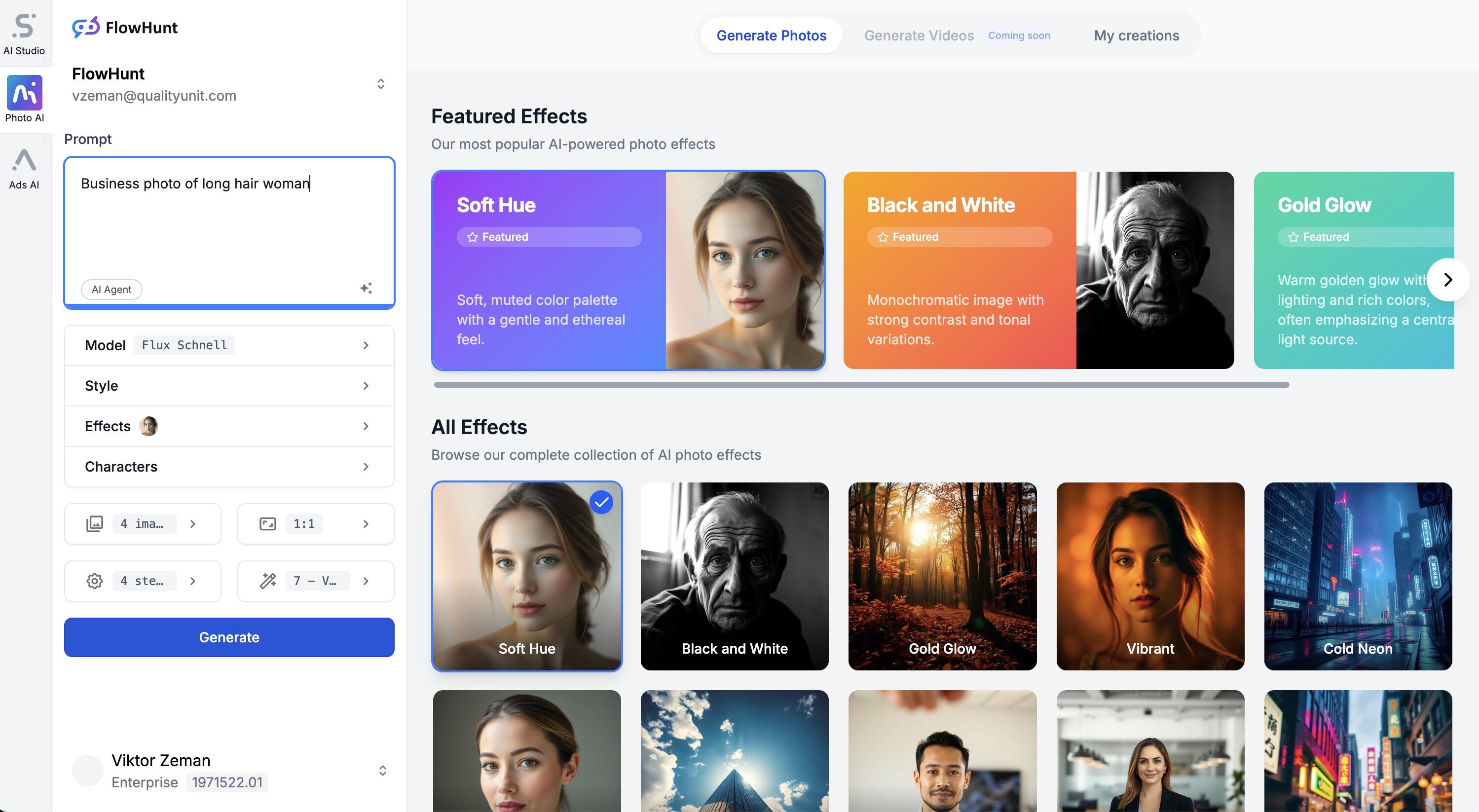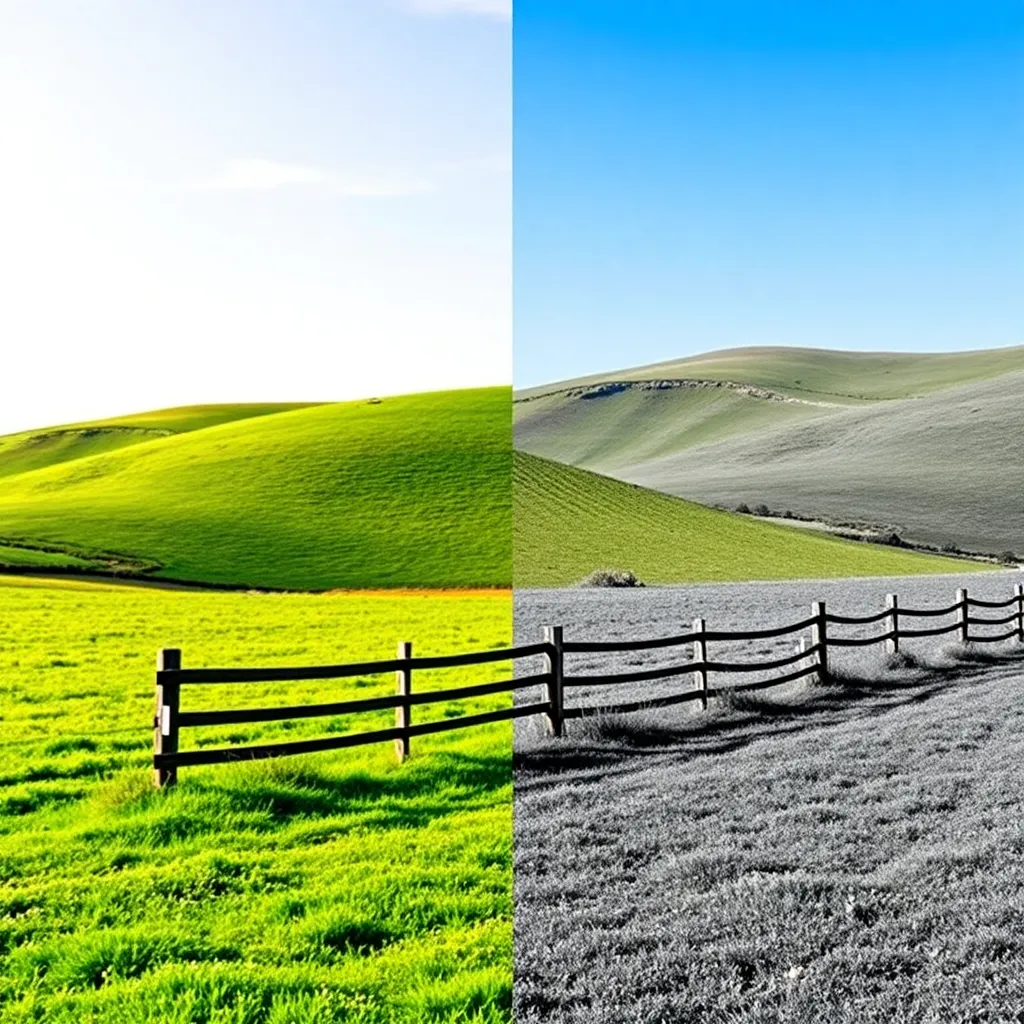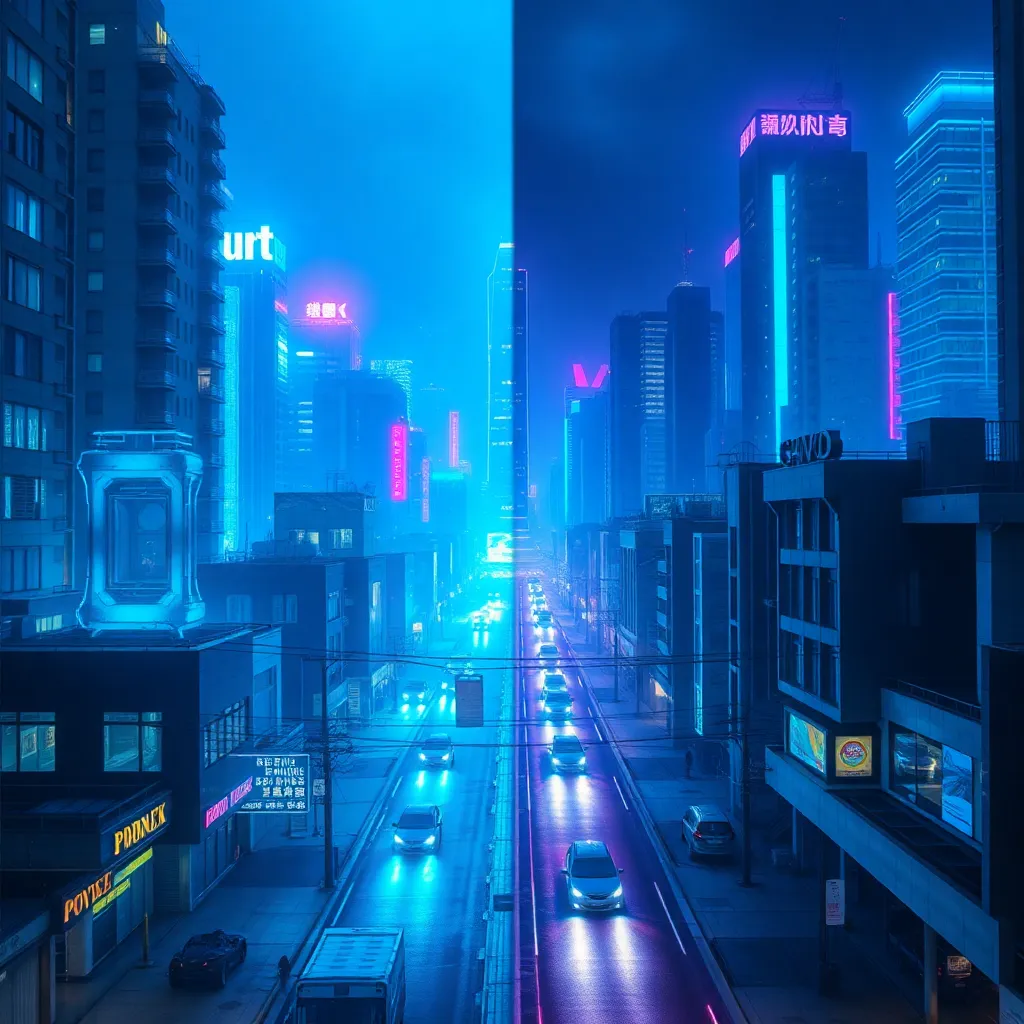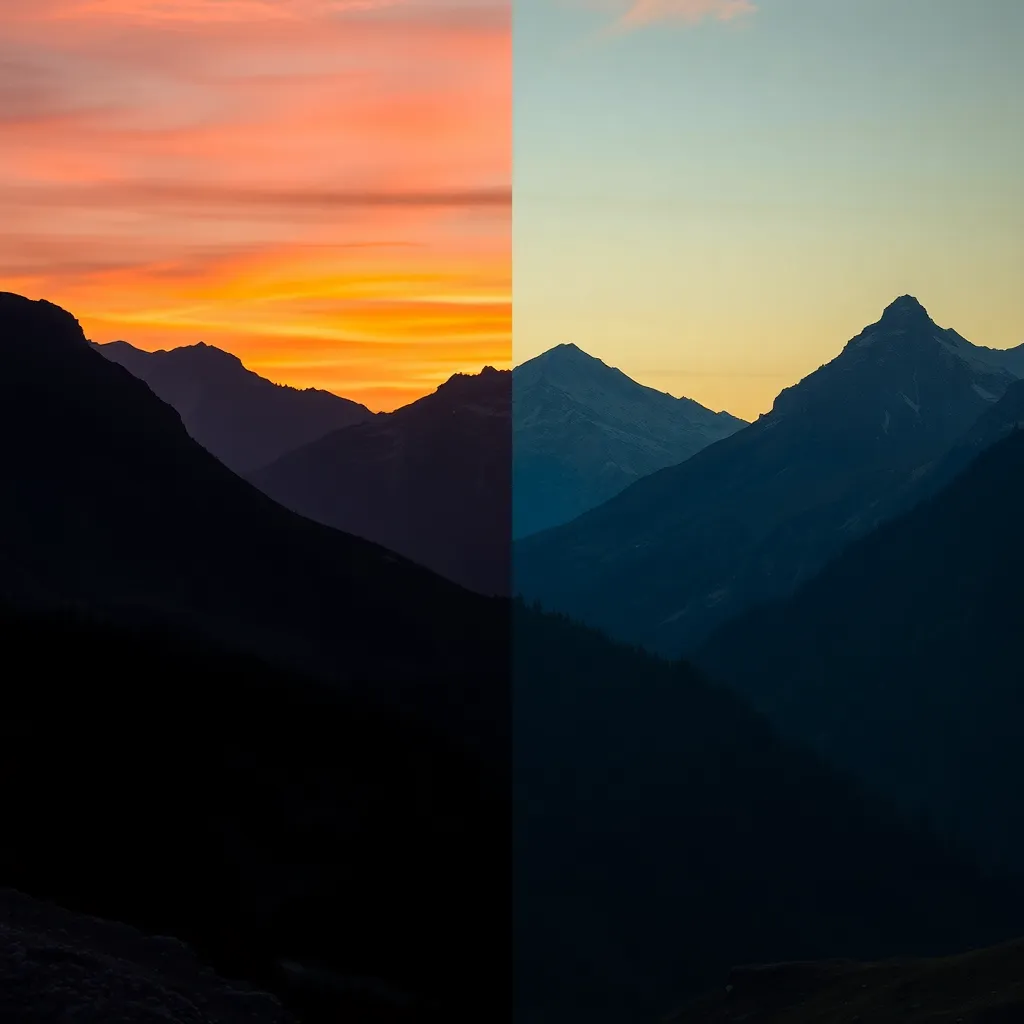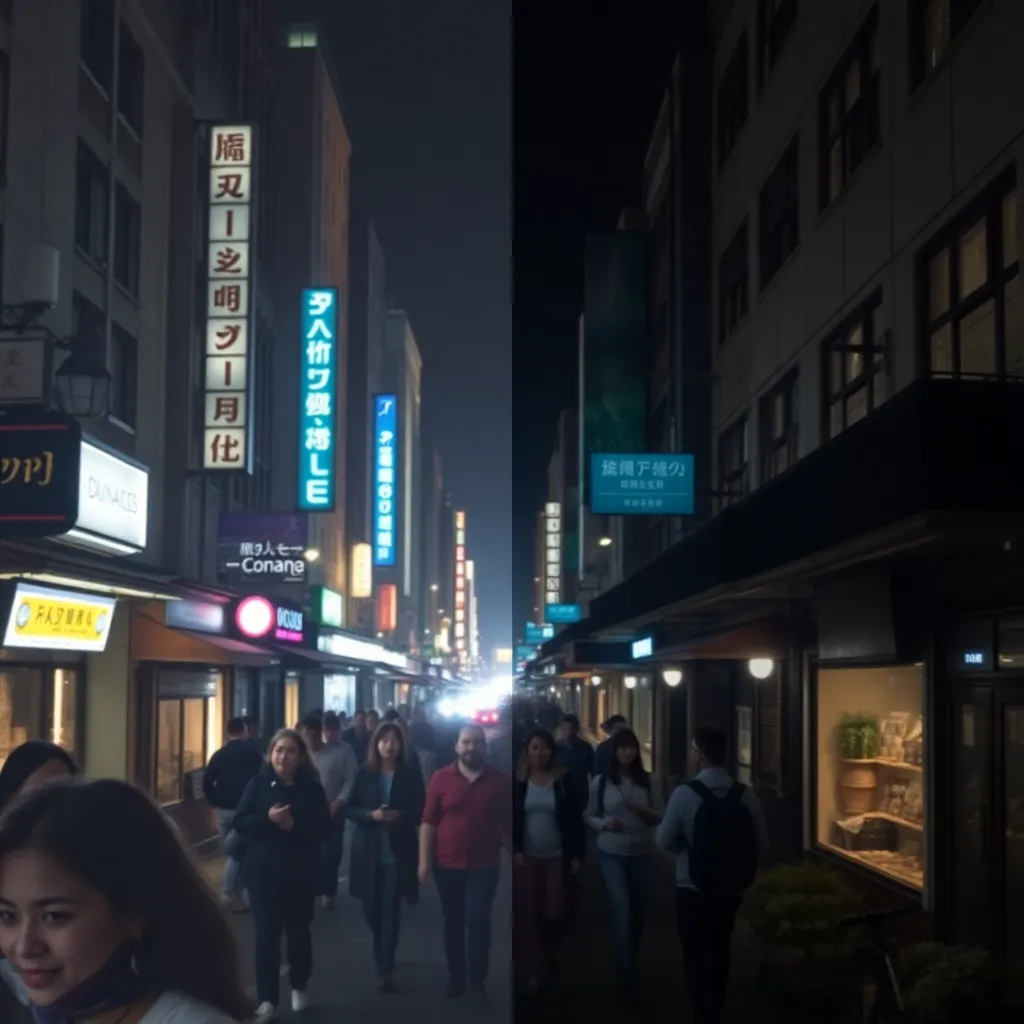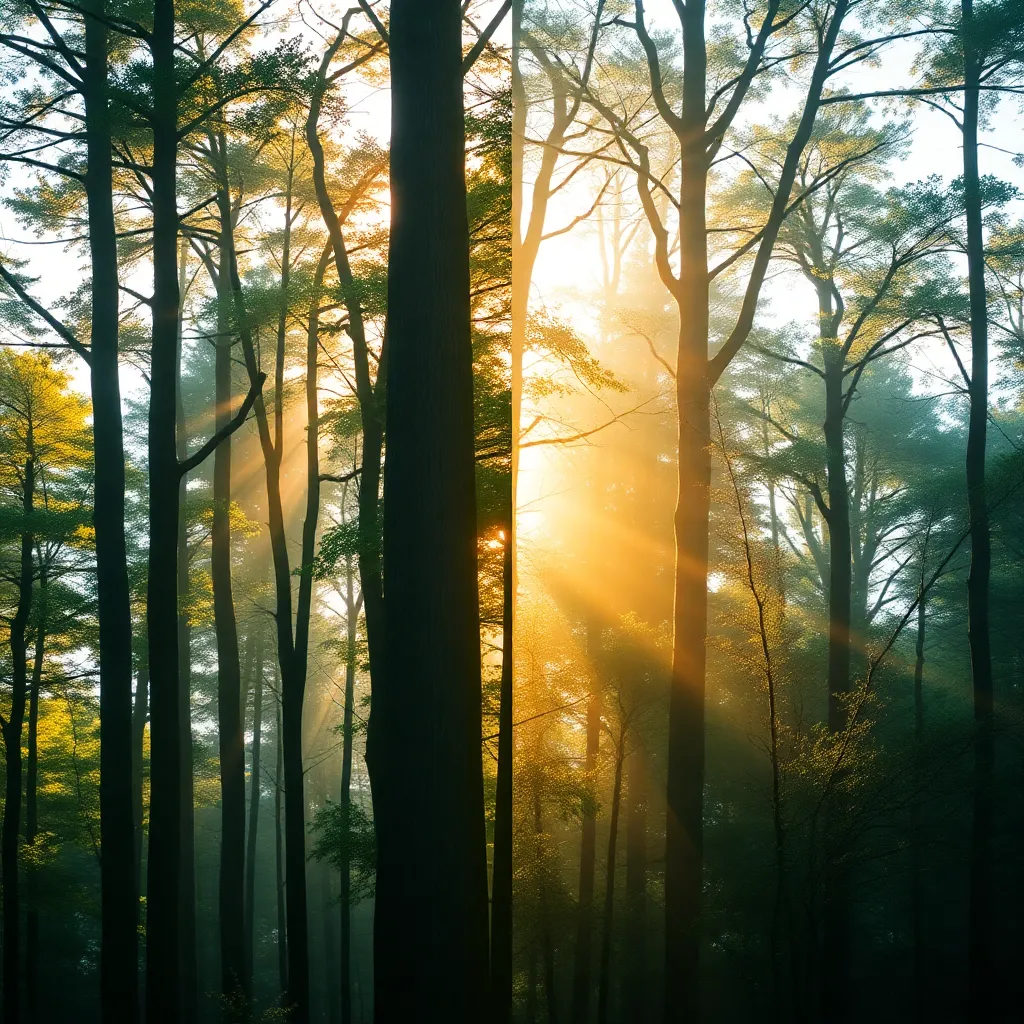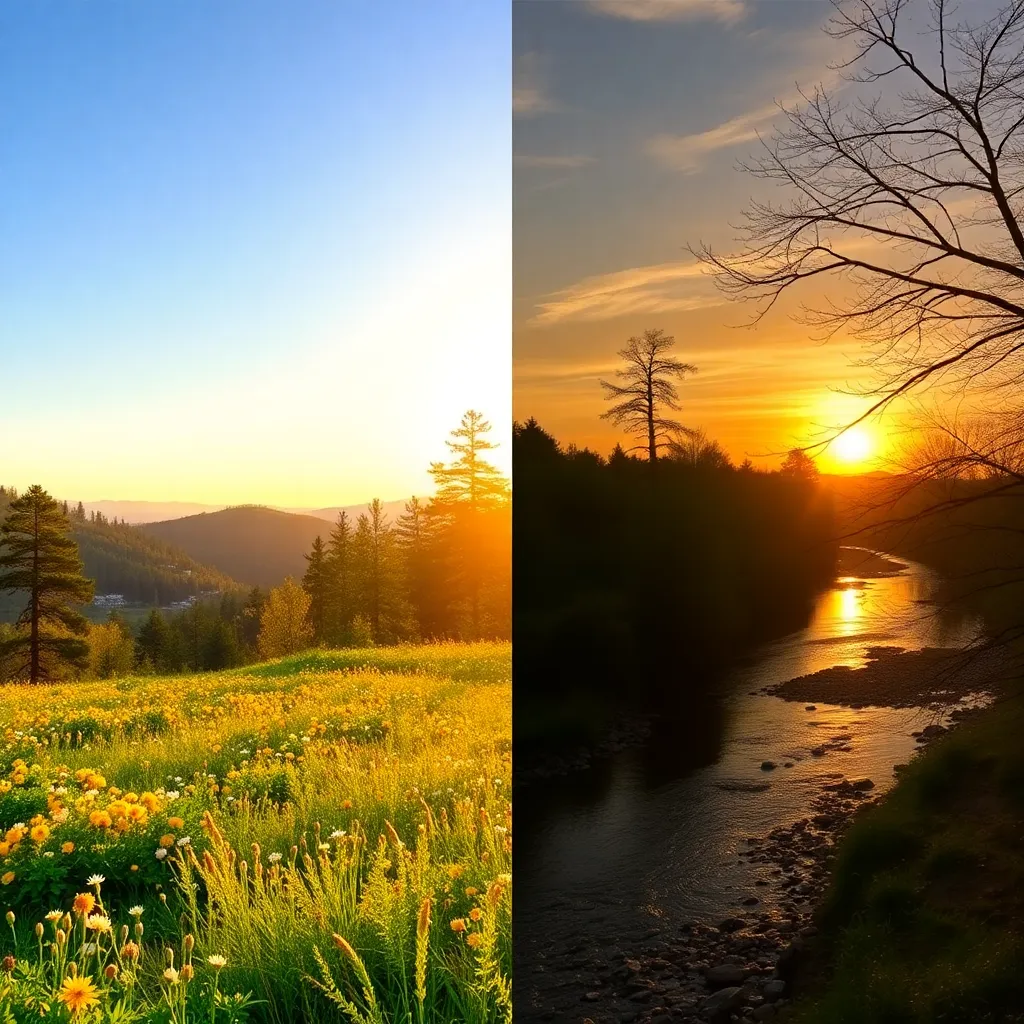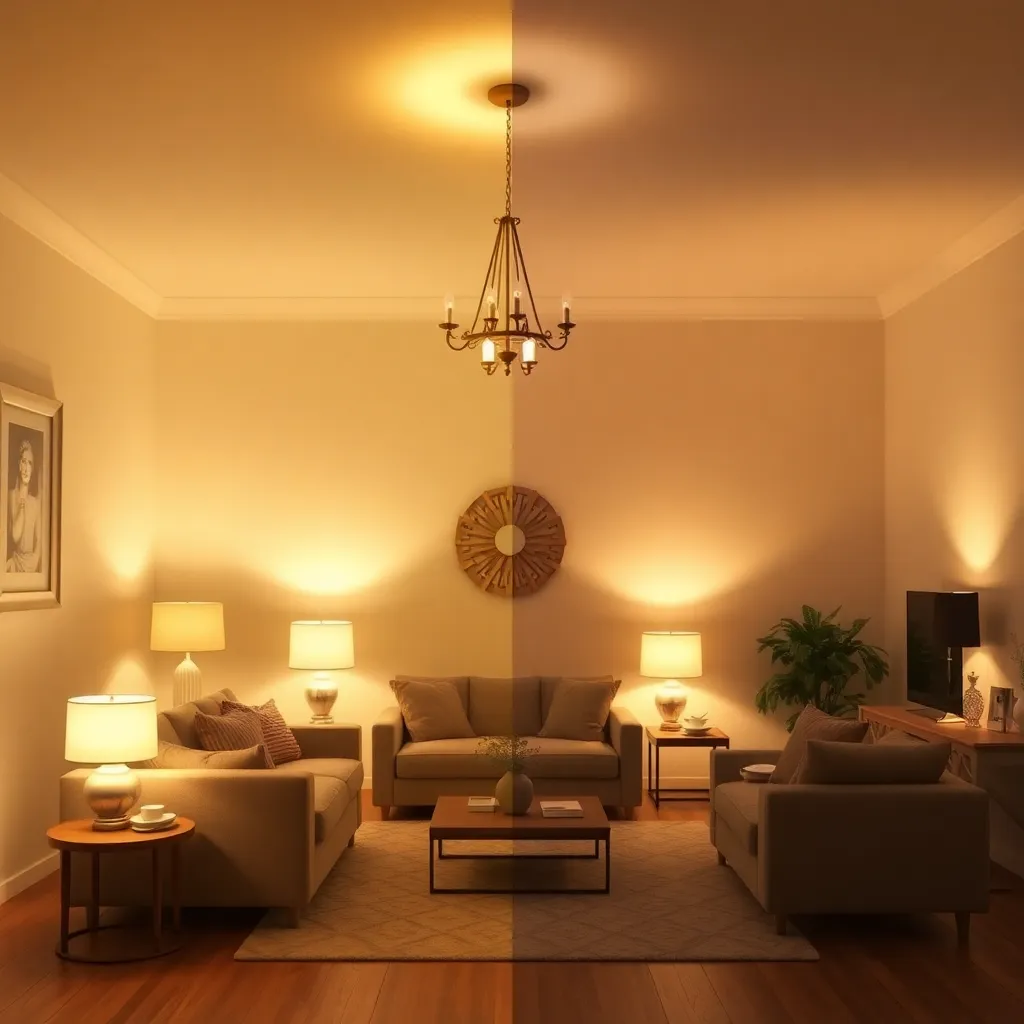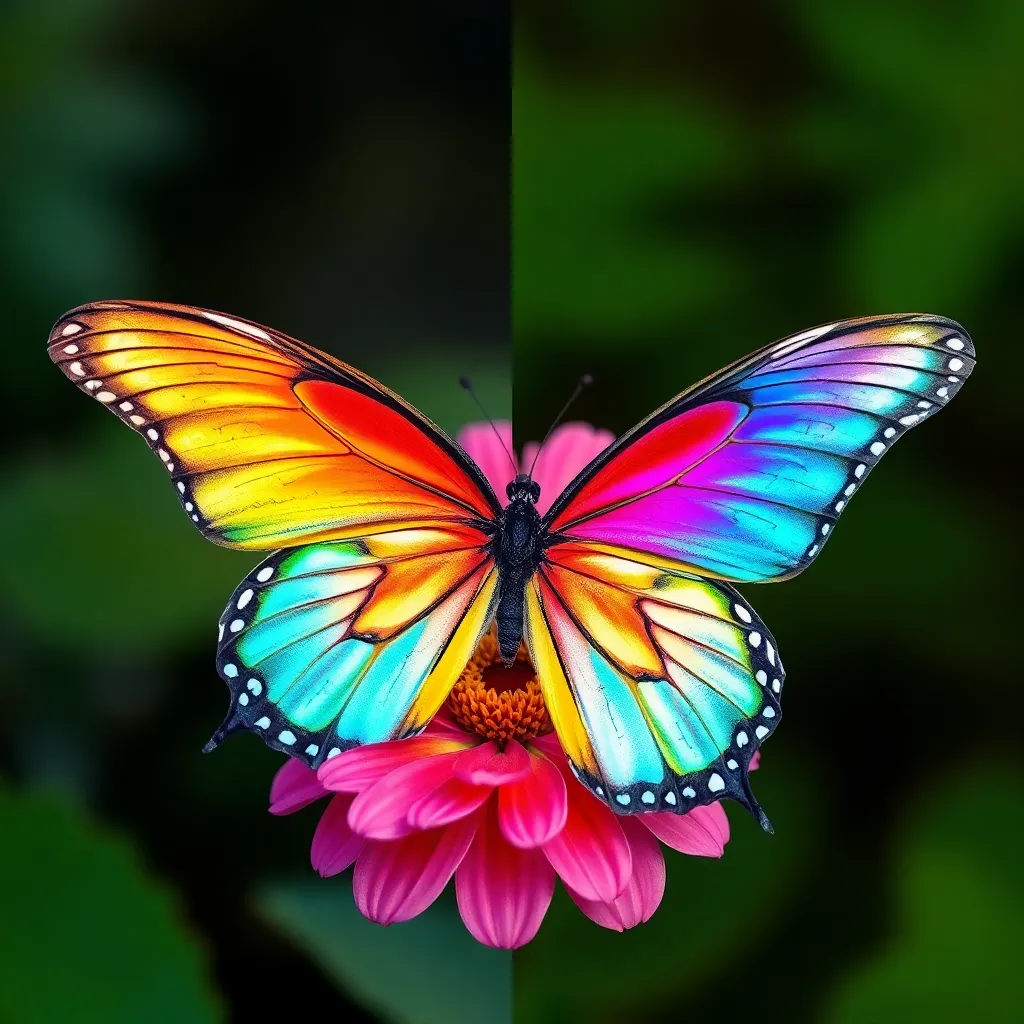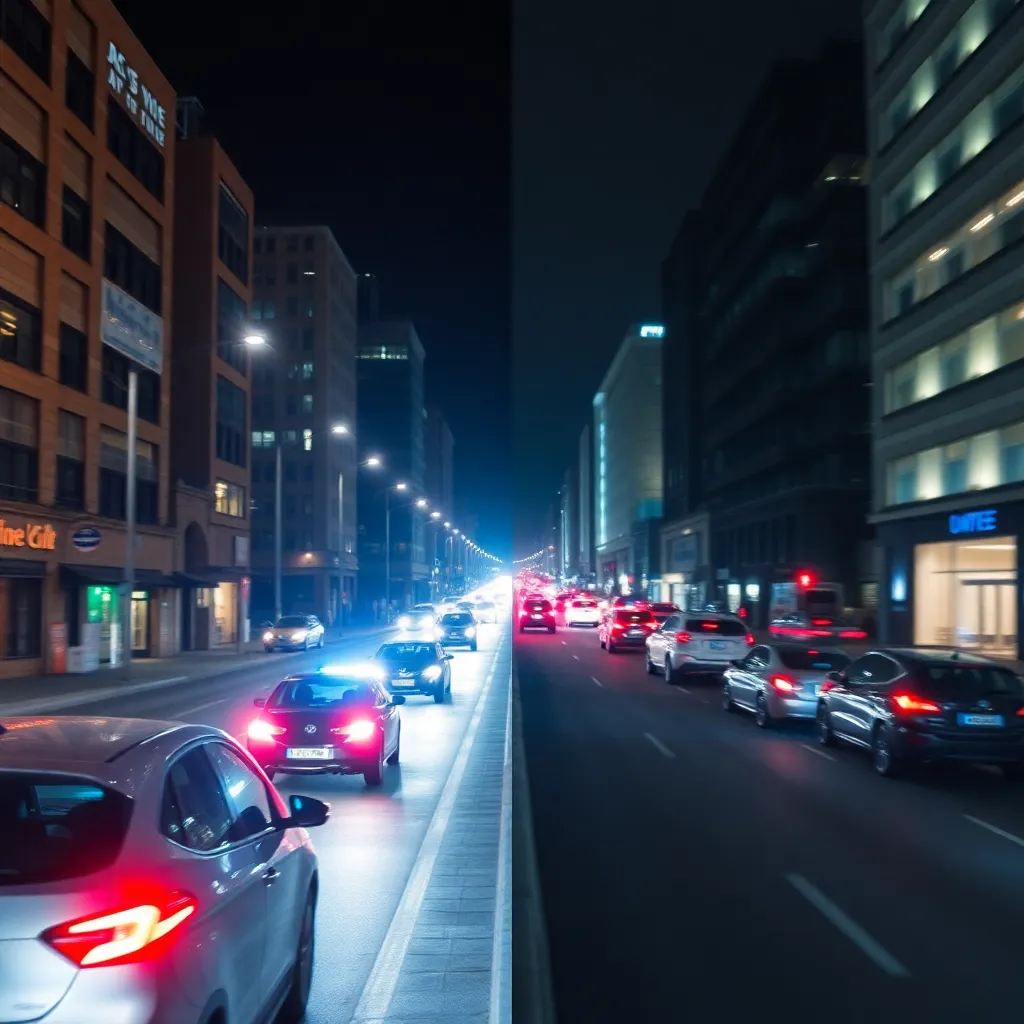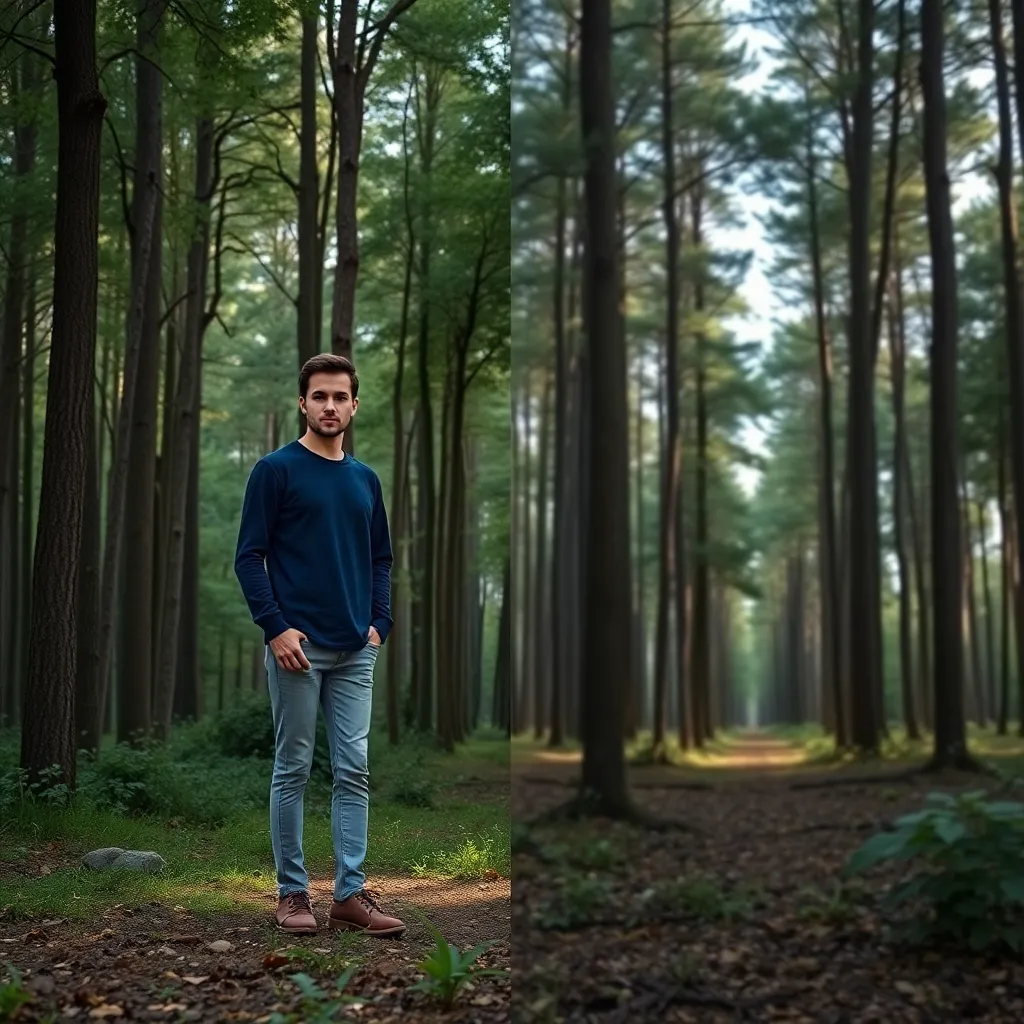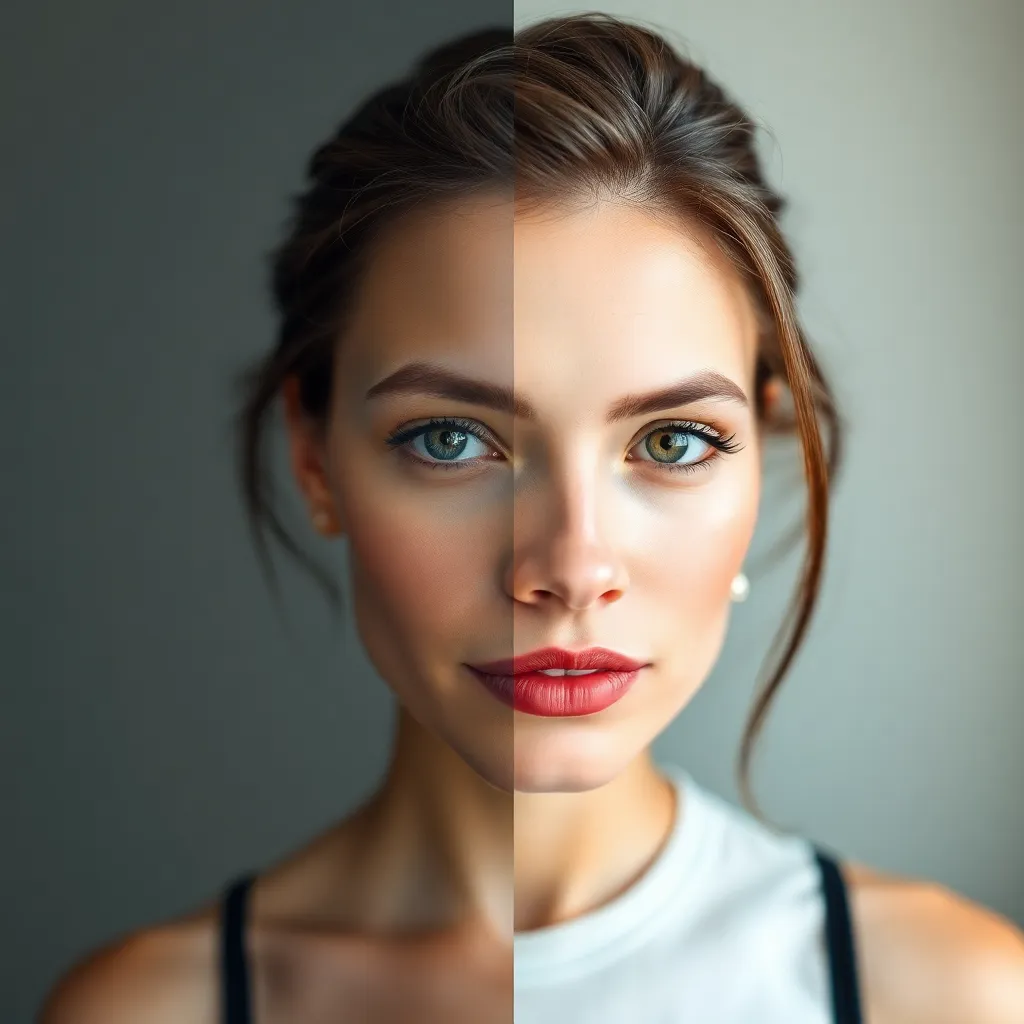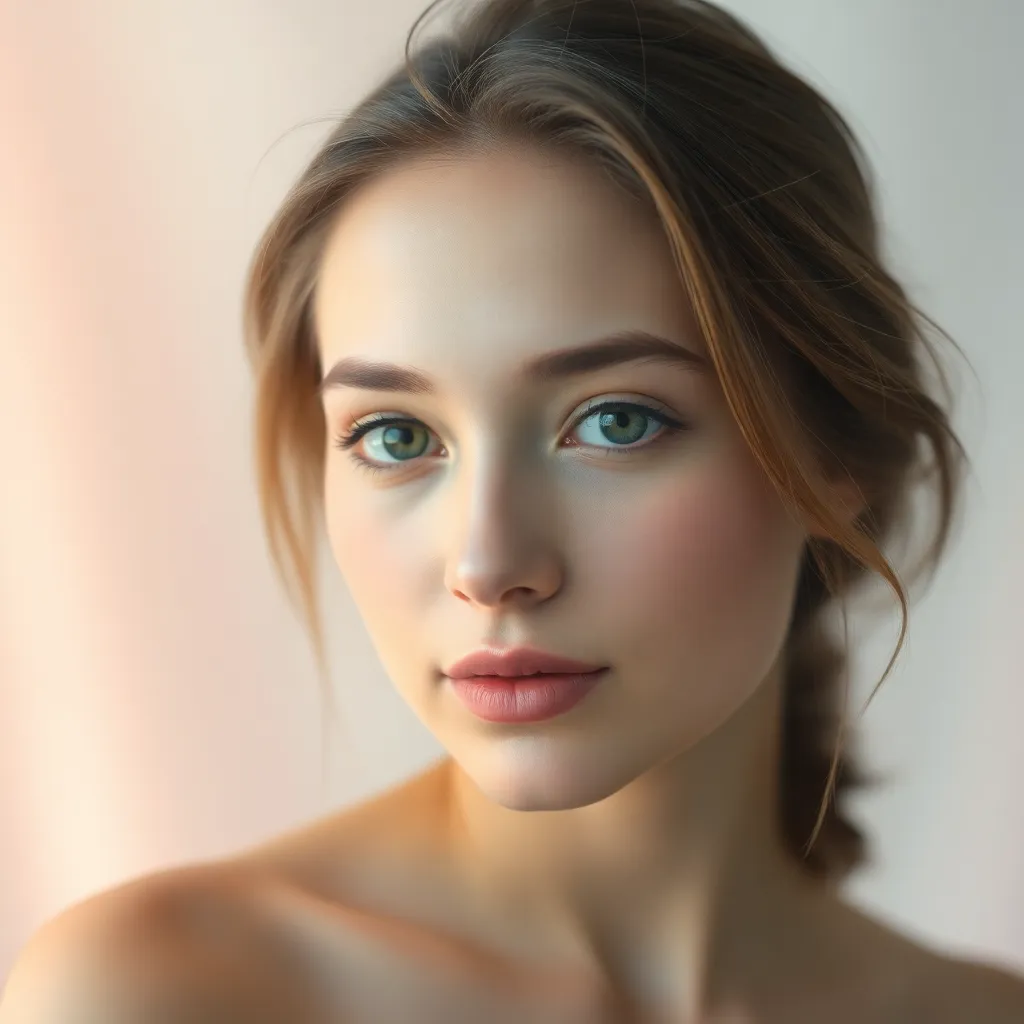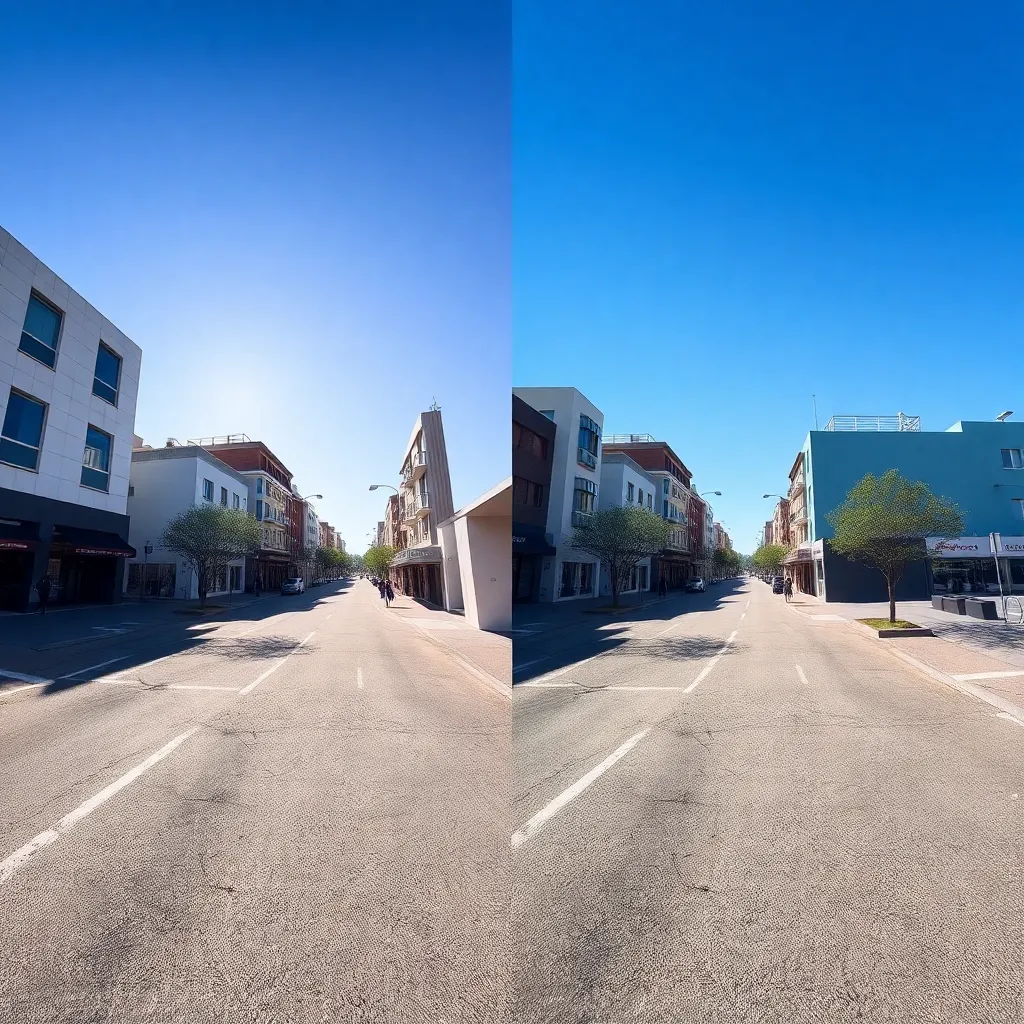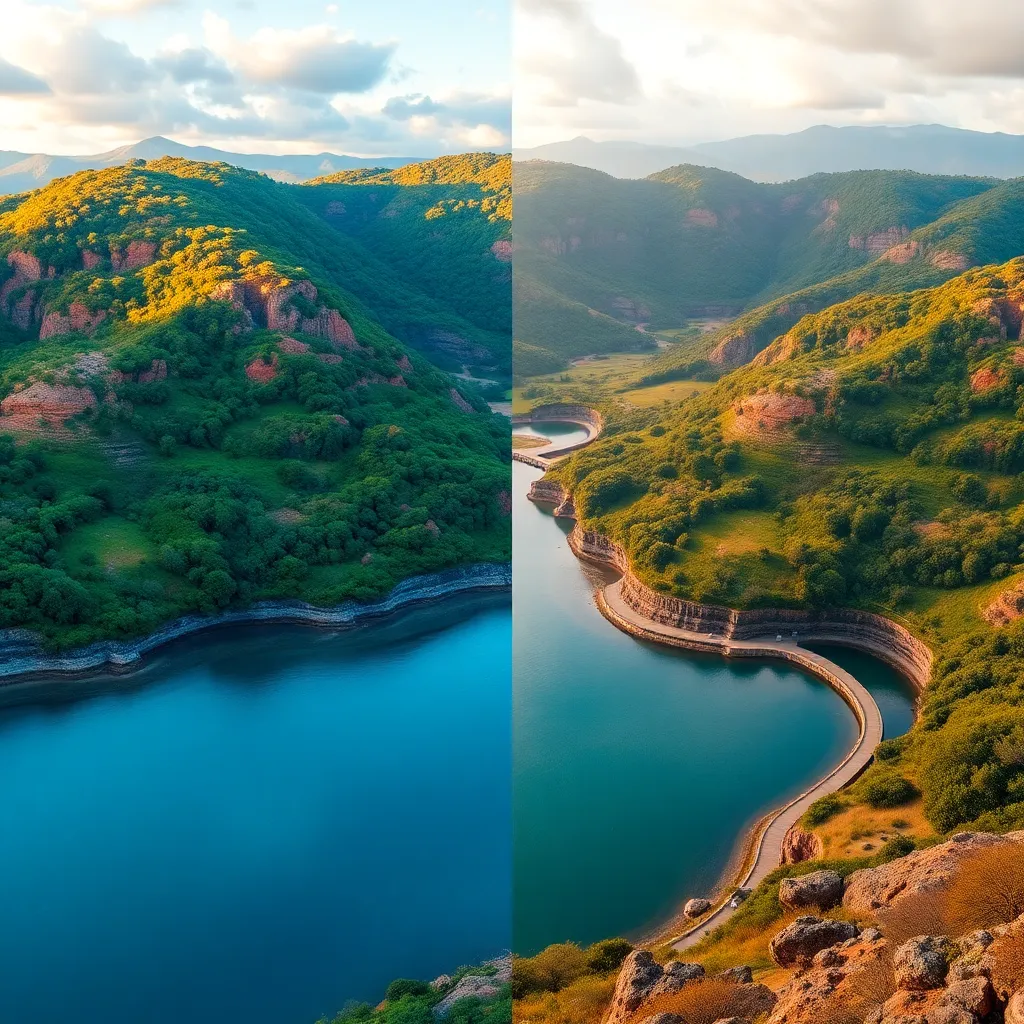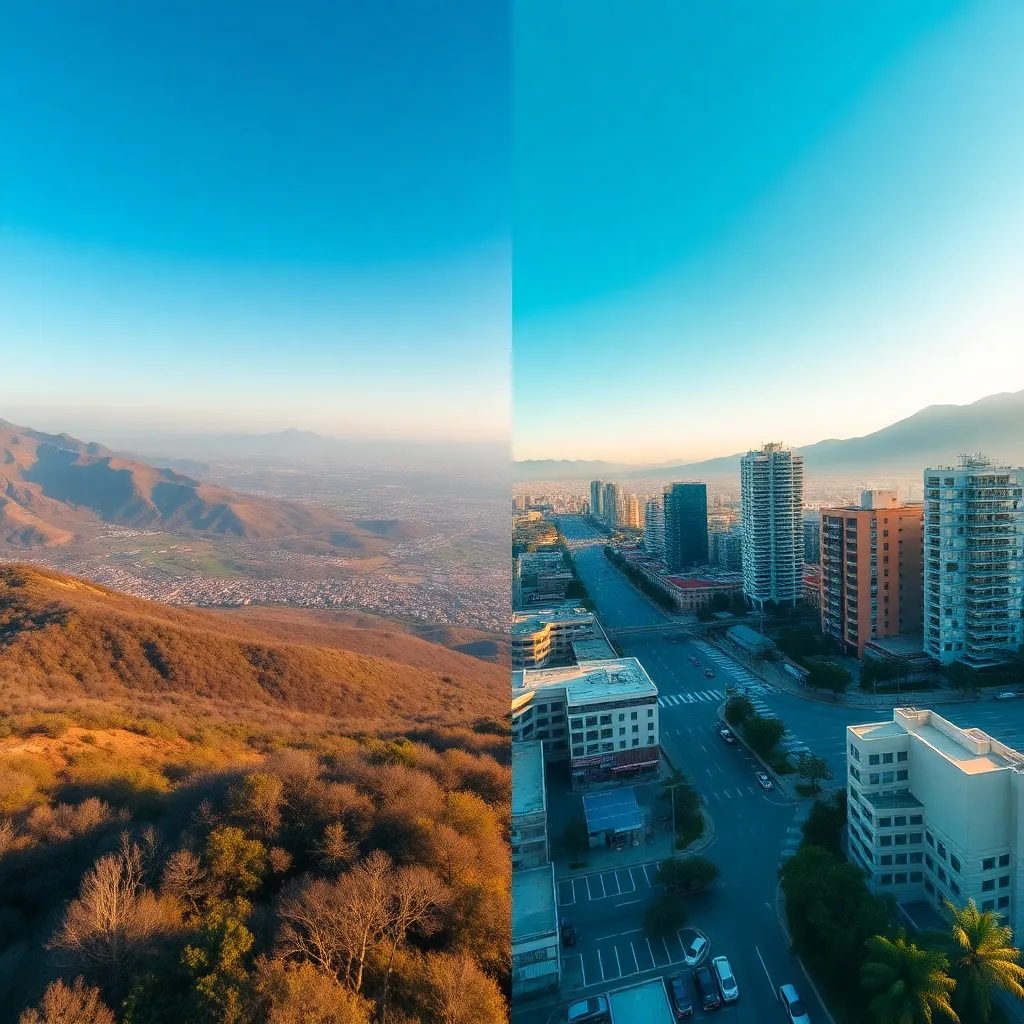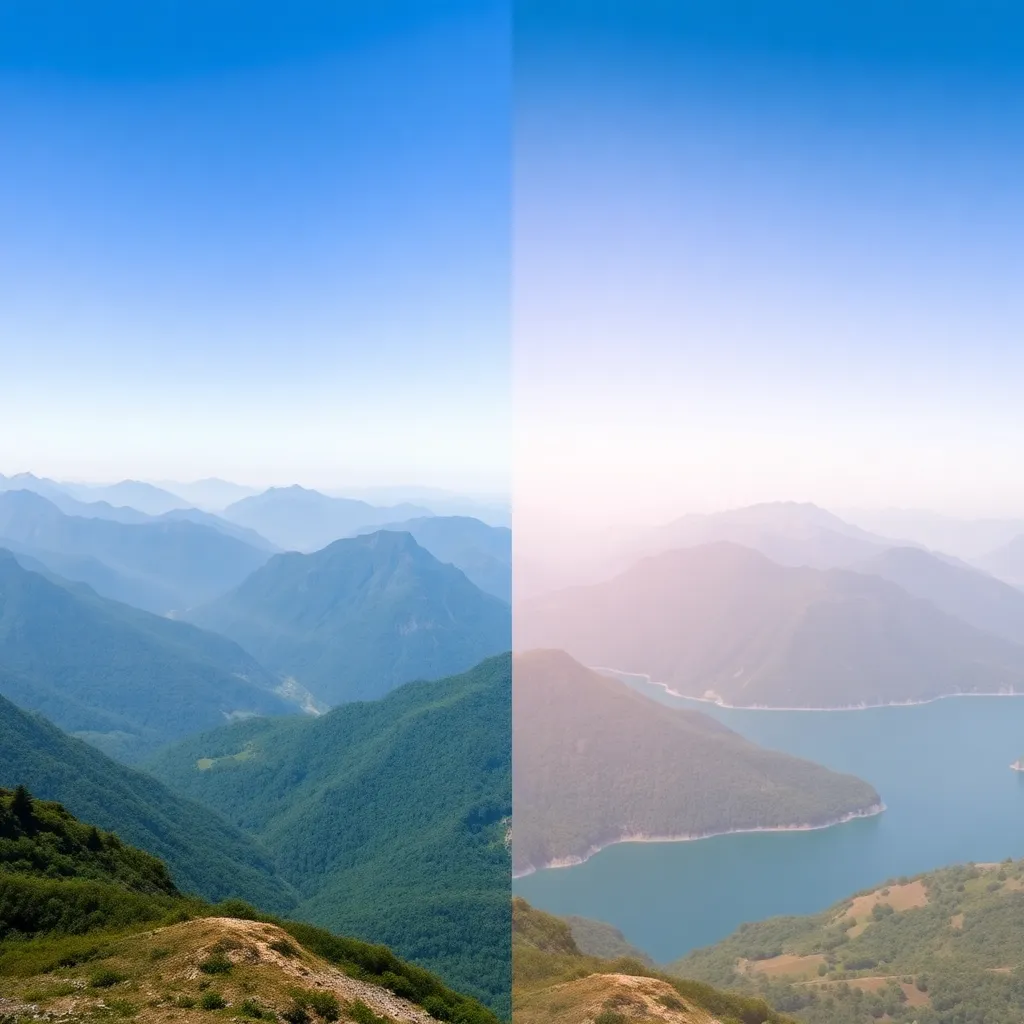
Aerial Effect
The Aerial effect in photography creates dramatic, bird’s-eye views of landscapes, cityscapes, events, and structures. This effect is achieved by capturing imag...
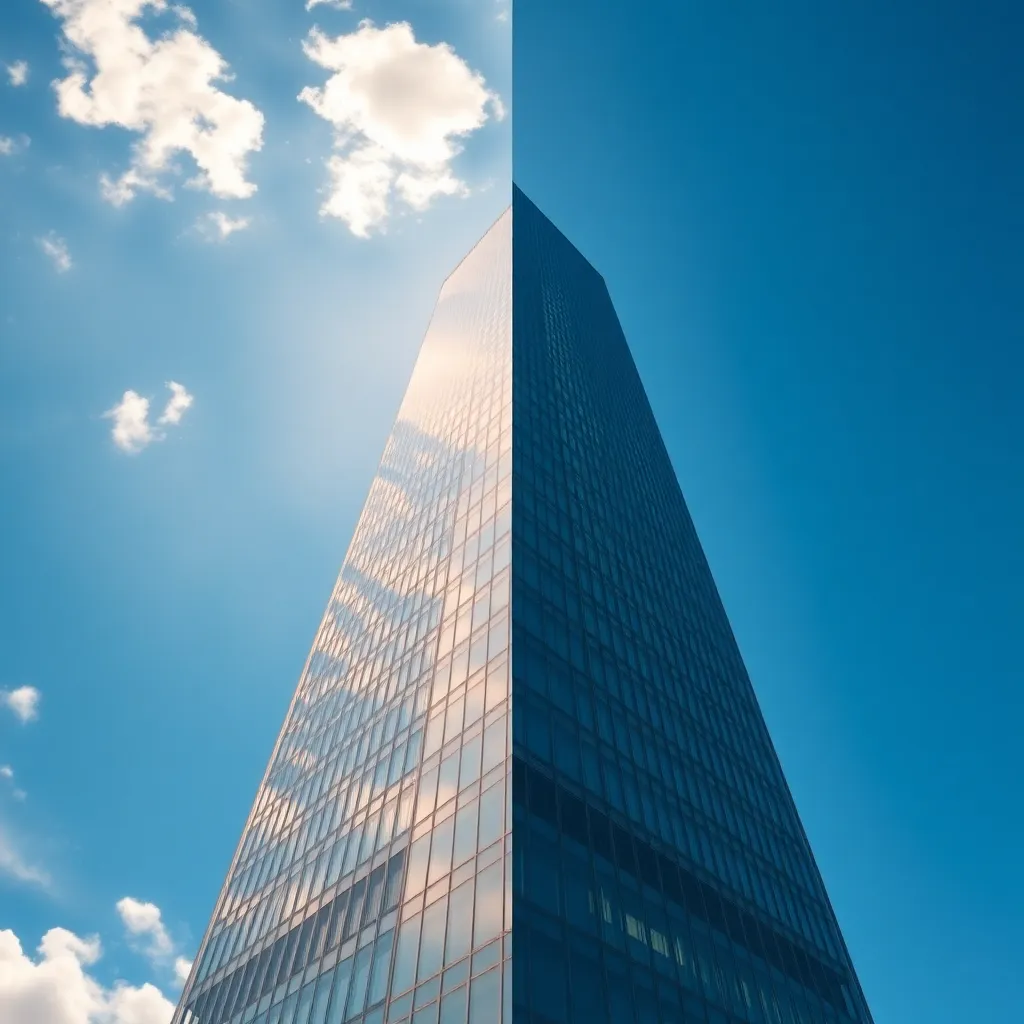
Effect
The Low Angle Effect is a powerful photographic technique where the camera is positioned below the subject, looking up. This effect exaggerates height, conveys dominance, and adds drama to images. Favored by portrait, architecture, sports, and fashion photographers, the low angle effect transforms ordinary scenes into striking, cinematic visuals, enhancing the subject’s presence and impact.
Try the Low Angle Effect with our Photomatic AI image generator. Instantly produce striking, dynamic images that elevate your subject’s presence and give your portfolio a powerful edge. Experience the transformation now!
Generate your own AI images with Low Angle Effects
The Low Angle Effect in photography is a powerful compositional technique where the camera is positioned below the subject, looking up. Unlike standard eye-level shots, this approach dramatically alters the viewer’s perspective, making the subject appear larger, more dominant, or even heroic. By elevating the viewer’s gaze, the low angle effect exaggerates height, scale, and presence, injecting a sense of drama and importance into the image. This technique is widely used across genres to create impact, direct attention, and evoke strong emotional responses.
The low angle effect is utilized by a diverse range of photographers and creatives:
This technique is equally popular among amateurs and professionals, including social media influencers seeking to create compelling, scroll-stopping visuals.
The low angle effect enhances photos in several impactful ways:
By shooting upwards, subjects naturally appear taller and more impressive. People, animals, buildings, or vehicles all gain a visual authority that commands attention.
This perspective introduces an element of drama and movement. For action shots, it conveys energy; for portraits, it instills confidence; for architecture, it imparts awe.
Looking up at a subject can make viewers feel smaller or more connected to the subject’s world, creating an immersive experience. It can evoke feelings of admiration, inspiration, or even intimidation, depending on context.
Shooting from below often accentuates details like underlighting, strong silhouettes, or architectural lines, resulting in visually striking images.
The sky or upper elements of a scene become more prominent, offering cleaner, less cluttered backgrounds that help focus attention on the subject.
In business or editorial portraits, the low angle effect projects authority and leadership. Subjects appear more commanding, which is ideal for CEOs, leaders, and professionals.
Capturing buildings from below exaggerates their height and grandeur, making them appear monumental. This is perfect for showcasing the scale and design of modern skyscrapers or historic landmarks.
Photographing animals from a low angle places the viewer in the environment, emphasizing the animal’s dominance and connection to the landscape. It creates epic, storytelling wildlife images.
Action shots from the ground up highlight an athlete’s physical power and movement, making them look heroic and unstoppable. This effect is popular in sports magazines and advertisements.
Low angle shots elongate the body, making models look taller and more statuesque. It brings focus to clothing and accessories, and delivers high-fashion editorial vibes.
Automotive photography benefits from the low angle effect by making cars look larger, faster, and more impressive. The angle accentuates sleek lines and powerful stances, perfect for advertisements.
Each use case appeals to viewers by adding a sense of scale, excitement, or importance, making the image more memorable and effective.
The Low Angle Effect is a versatile and powerful tool for photographers looking to make a statement with their images. Whether you’re capturing people, cityscapes, wildlife, sports, fashion, or vehicles, this technique can elevate your work—literally and figuratively. Experiment with low angles to discover new perspectives, add drama and impact, and transform ordinary photos into extraordinary visual experiences.
Try the Low Angle Effect with our Photomatic AI image generator. Instantly produce striking, dynamic images that elevate your subject’s presence and give your portfolio a powerful edge. Experience the transformation now!
The Low Angle Effect is a photographic technique where the camera is positioned below the subject, pointing upward. This perspective exaggerates height and power, making subjects appear more dominant and dramatic.
Use the Low Angle Effect when you want to emphasize your subject’s stature, authority, or presence. It’s ideal for portraits, architecture, sports, fashion, and any scenario where drama and impact are desired.
By shooting from below, the Low Angle Effect often creates a sense of grandeur, heroism, or intimidation. It can make everyday subjects appear more imposing and cinematic, adding visual interest and emotional weight.
Absolutely! Simply lower your phone close to the ground and tilt it upward towards your subject. Many modern smartphones also offer wide-angle lenses for even more dramatic results.
Yes. Watch for distracting backgrounds, unflattering angles, or distortion. Ensure the background complements your subject, and adjust your composition to minimize perspective issues.
Give to AI Agents and AI Crews tools to generate images
FlowHunt is much more than an image generation platform. You can automate your image generation process with AI Agents or Crews in AI Studio. Create stunning visuals in seconds, tailored to your needs. Whether you need product photos, marketing visuals, or unique artwork, our platform makes it easy to bring your ideas to life. AI Studio supports wide range of image generation models.
Example usage:
Explore our other effects to enhance your AI generated images
The Aerial effect in photography creates dramatic, bird’s-eye views of landscapes, cityscapes, events, and structures. This effect is achieved by capturing imag...
The Black and White effect transforms color images into grayscale, emphasizing contrast, texture, and composition. This classic effect is beloved in portrait, s...
The Cold Neon effect is a visually striking color grading style that bathes images in cool, electric neon tones—primarily blues, purples, and cyans. This effect...
The Dramatic Effect is a powerful visual technique in photography that intensifies mood, highlights emotion, and creates striking visual impact. Utilizing bold ...
The Flash Effect is a photographic technique where a sudden burst of artificial light is used to illuminate a scene or subject, resulting in high contrast, vivi...
The Gold Glow effect is a radiant visual enhancement that bathes images in warm, golden highlights. Popular in luxury, fashion, branding, product, and fantasy a...
The Golden Hour effect is a sought-after lighting phenomenon in photography, characterized by the warm, soft, and diffused sunlight that occurs shortly after su...
Indoor Light Effect is a photographic and editing technique that enhances images by simulating or accentuating artificial light sources within interior spaces. ...
The Iridescent Effect brings a spectrum of shifting, luminous colors to images, creating a captivating visual experience reminiscent of shimmering soap bubbles,...
Long Exposure is a photographic effect that captures the movement of subjects over a period of time, resulting in striking visuals such as light trails, silky w...
The Mid Shot effect is a classic photographic composition technique that frames the subject from the waist up. Widely used in portrait, documentary, fashion, an...
The Portrait Effect is a photographic technique that emphasizes the subject by keeping them in sharp focus while artfully blurring the background. This effect, ...
Soft Hue is a color grading effect that adds delicate, pastel-like color tones to images. Widely used in fashion, portrait, and wedding photography, this effect...
The Tilt Shot effect, also known as the Dutch Angle, involves tilting the camera to create a slanted horizon. Widely used in action, psychological thrillers, ed...
The Vibrant Effect is a color enhancement technique that amplifies the saturation, contrast, and brightness of images for a lively, eye-catching result. Popular...
The Wide Shot effect is a powerful photographic technique that captures an expansive field of view, emphasizing the scale and context of a scene. This effect is...
